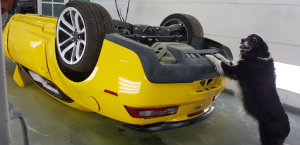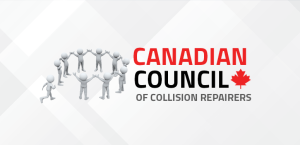Hold your fire—think it through
Column by JAY PERRY
It’s easy to become upset with circumstances presented within our day. Mature leaders know that they simply cannot give into the temptation of blowing up at someone. We must respond as opposed to react. This is a very difficult task for a leader as there seem to be a deep-rooted hardwired mechanism in humans allowing our reactions to dominate our response.
Maybe your mom taught you the same as my mom taught me, to count to ten prior to acting out upon an impulse. What our moms were really teaching us is to move our thinking away from reactionary-style thinking to responsive-style thinking. When we slowdown in allowing a reaction to take place, we change our thinking from the oldest part of our brain to the largest part of our brain.
This larger part, called the cerebral cortex, is where conscious thought in logic happens. This access to logic allows us to work out details and see more clearly the potential downside of reactions. We all have regrets for reactions we have made in the past. Only in creating an awareness around this issue can we start to take control of ourselves. That control allows us to plot a superior course to whatever reactionary activity we might be tempted to take.
There are a couple of tips I can offer to help with the slowing down that is necessary. First, assume positive intent. Very rarely will you come across someone that has deliberately done something to upset you. For the most part people want to please others and especially superiors. They will make mistakes, that is not at issue, but did they make this mistake purposely or inadvertently? Most likely inadvertently. And that is the enabling sentiment we must cling to if we are to start to respond as opposed to react. People don’t make mistakes on purpose.
Some immature leaders will take a mistake or misunderstanding as an excuse to react in an adversarial way, launching tirades against the perpetrators. That’s a reaction—not a response. To turn our following action into a response, ask a question such as, “What were you trying to accomplish?” You will likely see the positive intent of the person; “I thought it would be faster, cheaper, better, easier,” etc. The intention is not evil. From their perspective it is noble—through their perspective, they are trying something to improve results.
Perhaps it has been misplaced but the intention is noble, nonetheless. So, work with this. Ask more questions like, “Are you happy with the results?” or “What would you do differently?” or “If you had a ‘re-do’ could you come to me or another team member to get assistance?”
What leaders really miss about these frustrating situations is that there is a teaching opportunity present. They usually waste it blowing up at someone.
So, think it through and respond—that’s how you can stay the one who’s driving!














































































One Response
Very true, my mom always told me to walk away and come back to it. She was correct.
Some simple advice here that is very hard for some to comprehend.